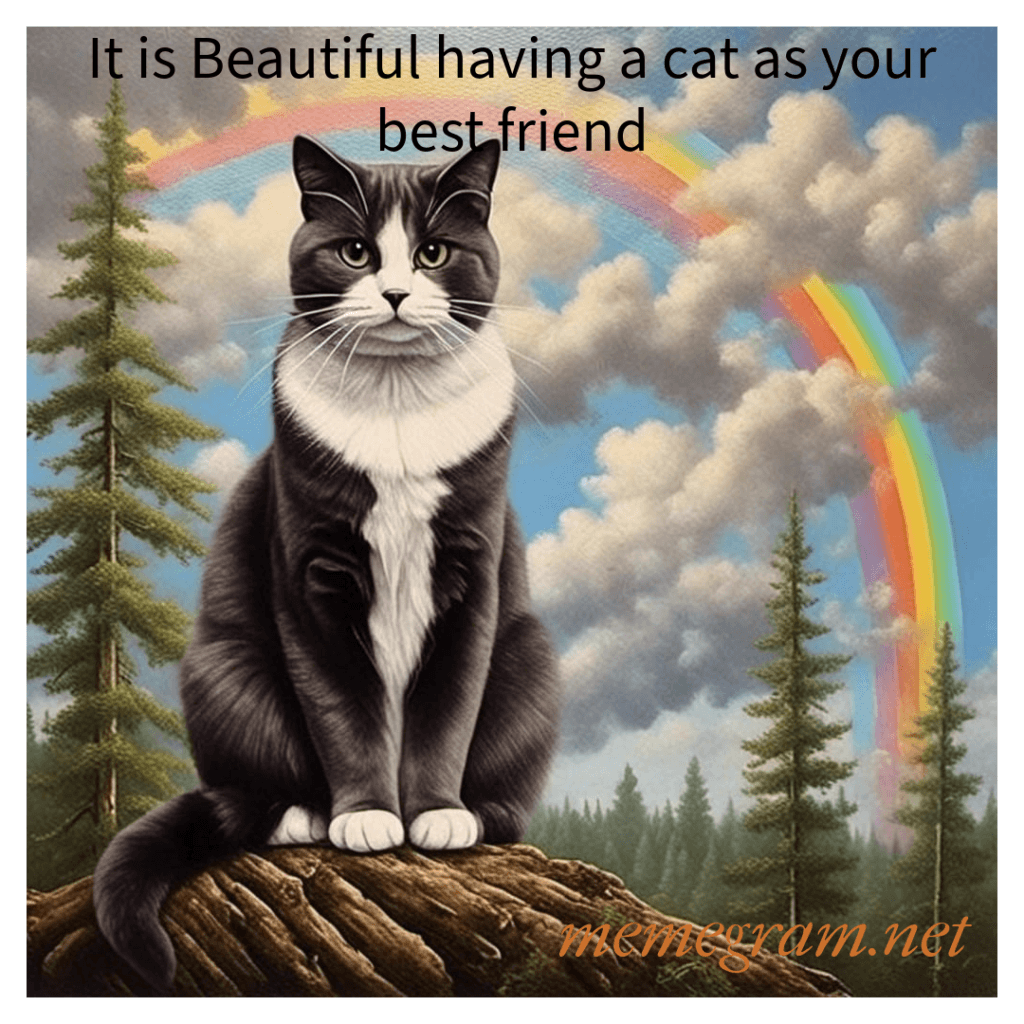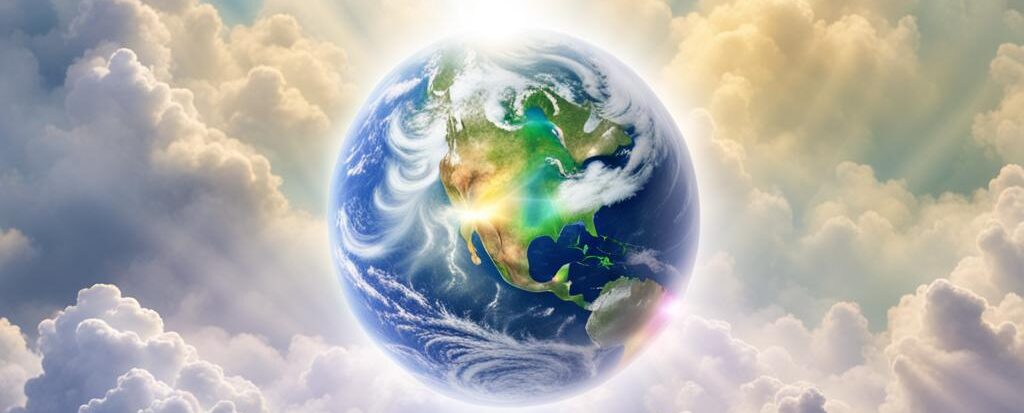I’m going to kick things off by painting a broad picture of AI art. Imagine a world where the artistry of Picasso and the ingenuity of code come together. That’s the essence of AI Art – a digital canvas where algorithms and aesthetics collide to create something entirely new. This isn’t just about computer-generated visuals; it’s also about a revolutionary art form that’s reshaping our understanding of creativity.
In my opinion, to appreciate AI Art, it’s crucial to track its journey. It all started with the earliest manifestations of digital art, evolved through various algorithms like fractals, and now, AI Art stands on the shoulders of these technologies, adding a touch of machine ‘intuition’. We’re seeing machines not just replicate but also contribute to the creative process.
Just how do these AI algorithms contribute to making art? At its core, AI Art is about the symbiosis between human-defined coding and machine-executed creation. Artists feed AI systems with millions of data points from historical art pieces, allowing the technology to ‘learn’ about different styles and techniques. Then, through a process I’ll explain in the next section, these AI systems generate unique art pieces that can echo the masters or speak in an entirely new visual language.
The Ingenious Mechanics Behind AI Art Generation
I’m going to give you the rundown on the technology that powers AI art, which is nothing short of sorcery turned science. At the heart of this revolution are neural networks and machine learning – both play a pivotal part in the creation of AI-generated visuals.
Now what is a neural network, you ask? Imagine it as a web of digital neurons learning from a deluge of art-related data. These networks are structured in layers, learning to recognize complex patterns and make decisions based on the input they receive. Every time you see a stunning AI artwork, remember, it’s a result of these neural networks meticulously honed to understand artistic nuances.
Machine learning is the framework neural networks rely on, and it operates on big data. Essentially, AI draws upon an extensive database of historical artwork to learn what makes art aesthetically pleasing. It’s through this constant analysis that the algorithms can start creating pieces with elements reminiscent of human-made art.
It’s fascinating to see AI not just mimic what it has seen but also mix and match to forge new styles. The process begins with training the AI on specific art styles, be it Renaissance classics or modern pop art. Over time, the AI absorbs the distinct strokes, color palettes, and composition techniques of various artists, creating a bank of styles in its own digital ‘imagination’.
AI doesn’t have a personal style per se, instead, it has the versatility to generate images in countless styles it has learned. This adaptability can sometimes blur the lines between art created by human hands and those generated by code. Preparing to be amazed, as we step into the next section, I’ll showcase a gallery of AI Art that spans a spectrum from eerily accurate portraits to abstracts that challenge human perception.
AI Art in Action: Examples and Real-World Applications

Ever noticed how AI Art isn’t just a fascinating concept but is actually everywhere around us? You’re going to find out about some incredible instances where technology meets creativity. From the recreation of historical figures to crafting unique abstract designs, AI Art transcends boundaries and genres.
For instance, you might have seen new-age music album covers or book illustrations that look a little too perfect. That’s because AI often had its digital hand in their creation. And guess what? They are even stepping into the world of fashion design, providing a fresh perspective on patterns and textures that were once beyond our imagination.
It isn’t just about creating art from scratch, either. Many filmmakers and video game developers use AI to flesh out scenes, adding details and depth that contribute to more immersive experiences.
Don’t think that AI Art is confined to the digital realm. Some real-world applications include interior design, where algorithms offer innovative decor solutions, and even culinary arts, where AI suggests new recipes and plating aesthetics.
While we marvel at the capabilities of AI-generated art, it’s also important to address the elephant in the room: copyright and ethical considerations. As AI creates, who owns the art? These are pressing questions that invite dialogue within legal and artistic communities.
That’s going to include a look at how AI’s authorship affects the art world and the implications this technology has for human creators. It’s a nuanced debate that hinges on originality, creativity, and expression, all pillars of the artistic ethos.
Harnessing AI Art: Tips for Artists and Enthusiasts
By now, you’ve seen the huge potential that AI Art holds, touching everything from revolutionary portraits to otherworldly landscapes. But, you’re probably asking, ‘How do I get involved?’ Good news—whether you’re an artist dreaming of adding a digital edge to your work or an art lover eager to explore this new frontier, there’s a way for you to dive right in.
If you’re an artist, think of AI as another tool in your arsenal. You can start small. Experiment with AI platforms to generate ideas or refine your style. Don’t worry if your first attempts don’t turn out masterpiece-worthy; AI Art is as much about the journey as the destination. It’s also a good idea to stay current with AI trends and join online communities discussing its implications in art.
For those who enjoy art, AI-generated pieces can be a fresh addition to your collection. It’s about choosing something that resonates with you. Keep in mind that the value in AI Art isn’t just its novelty but the emotional connection it can foster. Be open to new styles and artists, and attend exhibitions or online galleries featuring AI Art to broaden your horizons.
No matter your interest level, one thing is clear: AI Art is here to stay. It’s transforming the art world at lightning speed, and the possibilities are endless. So don’t just sit on the sidelines—get engaged, explore the technology, and above all else, let your creative spirit flourish with the possibilities AI brings to the canvas.
